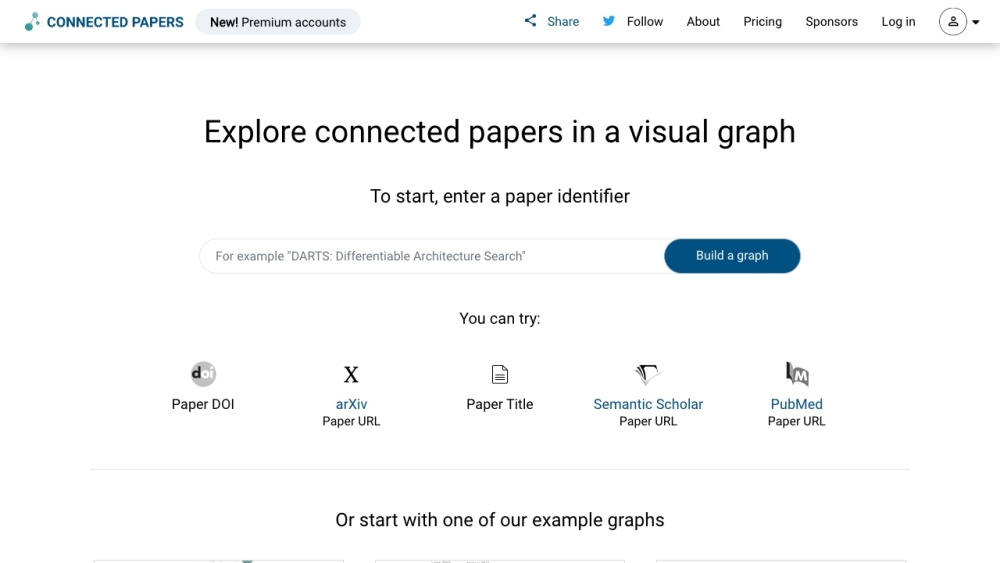Intel CEO Pat Gelsinger outlined the company's ambitious vision for AI and open systems at Vision 2024 in Phoenix, Arizona. I had a one-on-one discussion with Sachin Katti, Intel's Senior Vice President of the Network and Edge Group, focusing on how Intel intends to compete with AI leader Nvidia by advocating for an open alternative.
Unveiling Innovations
During the event, Intel introduced its Gaudi 3 AI accelerator chips, boasting 50% better inference processing and 40% improved power efficiency compared to Nvidia's current H100 systems. The company also presented a comprehensive AI strategy, highlighting scalable systems across various AI segments. Noteworthy partnerships with HPE, Lenovo, and Supermicro for Gaudi 3 were announced, along with collaborations with Bosch, CtrlS, IFF, Landing AI, Ola, Naver, NielsenIQ, Roboflow, and Seekr.
Intel emphasized creating an open platform for enterprise AI to accelerate the deployment of secure generative AI systems, competing directly with Nvidia's proprietary CUDA-based ecosystem. Katti elaborated on the Ultra Ethernet Consortium, which Intel leads, aimed at fostering open Ethernet networking for AI fabrics. He introduced AI NICs (network interface cards) and AI connectivity chiplets designed for integration into XPUs and Gaudi-based systems.
AI Adoption in Enterprises
Katti shared insights on Intel's strategic focus at Vision. "We aim to simplify AI adoption for enterprises, enabling seamless integration across AI PCs, edge environments, IT networks, and cloud data centers," he stated. He noted that while enterprises have made strides in deploying AI for tasks like computer vision and audio transcription, the next wave involves embracing generative AI capabilities.
Katti identified the evolution of enterprise AI through three phases: the era of copilots, AI agents, and multifaceted AI functions. In the first phase, AI acts as a helpful assistant. As organizations progress, they will see AI agents taking on complex workflows autonomously. Ultimately, multiple AI agents will collaborate to execute comprehensive departmental functions, such as finance or supply chain management.
Addressing Challenges
Enterprise challenges include managing vast amounts of sensitive, unstructured data. Katti explained that data sovereignty, privacy, and security are paramount concerns. "Enterprises must navigate how to manage their data without compromising its integrity," he said. This challenge is complemented by the need for an appropriate AI accelerator stack to leverage advanced language and vision models.
Intel plans to announce a system strategy at Vision to facilitate enterprise adoption of data management and AI stacks. "Our goal is to integrate our accelerators, networking, and CPUs into validated reference designs that simplify deployment for enterprises," Katti added.
Commitment to Openness
I asked Katti about Intel's commitment to software and openness amid competitive pressure from Nvidia. He affirmed that Intel embraces open standards across all layers of the stack, emphasizing the introduction of AI NICs, which are optimized for AI cluster deployment based on an open standard established by the Ultra Ethernet Consortium.
Katti also compared Intel's oneAPI and oneDNN to Nvidia's CUDA, highlighting the open-source nature of Intel's offerings. He explained that by ensuring compatibility with frameworks like PyTorch and OpenVINO, Intel is focusing on developing user-friendly, open-source solutions.
The Future of AI Systems
Katti remarked on the importance of industry concerns regarding data privacy and control, aligning Intel's approach with a focus on safe, custom-tailored AI solutions for enterprises. He introduced the concept of retrieval-augmented generation (RAG) as a method for enterprises to manage sensitive data and improve compliance.
"By ensuring transparency and control over data usage, we’re helping enterprises feel more confident in adopting AI systems," Katti noted.
Evolving AI Roles
When discussing the future roles of AI in organizations, Katti differentiated between the current use of AI copilots and future AI agents. He described how enterprises would transition from using AI as an occasional assistant to relying on it for complex, automated workflows, leading to an interconnected environment of collaborative AI agents executing departmental functions.
Conclusion
Katti concluded by highlighting the alignment between Intel's vision and current industry trends, stressing the importance of personalized models for diverse users—from individuals to enterprises. As the AI landscape evolves, Intel is committed to providing systems that empower organizations to leverage AI effectively and securely.




